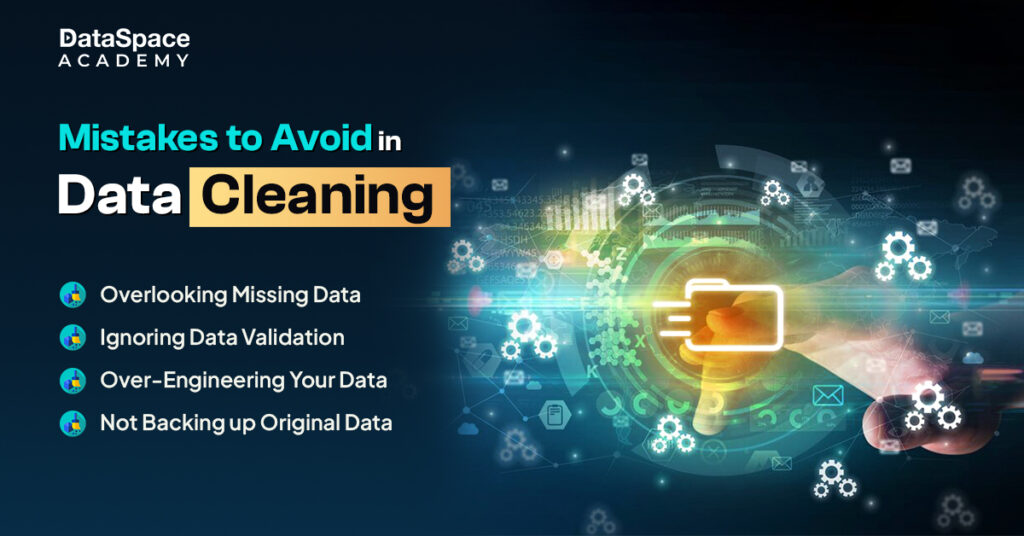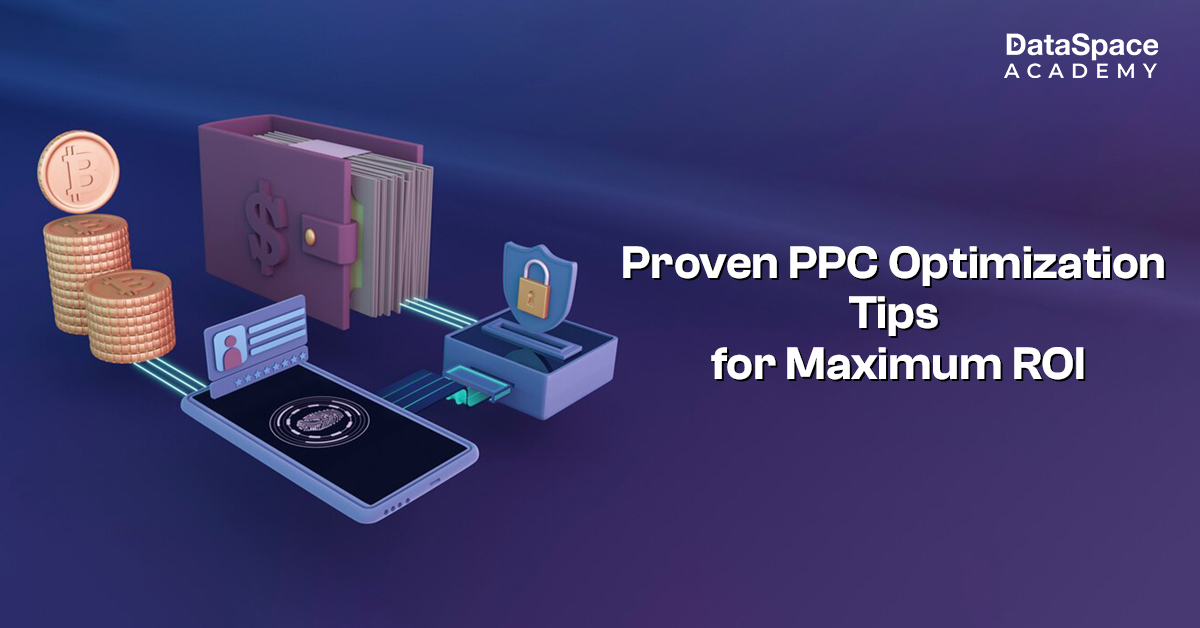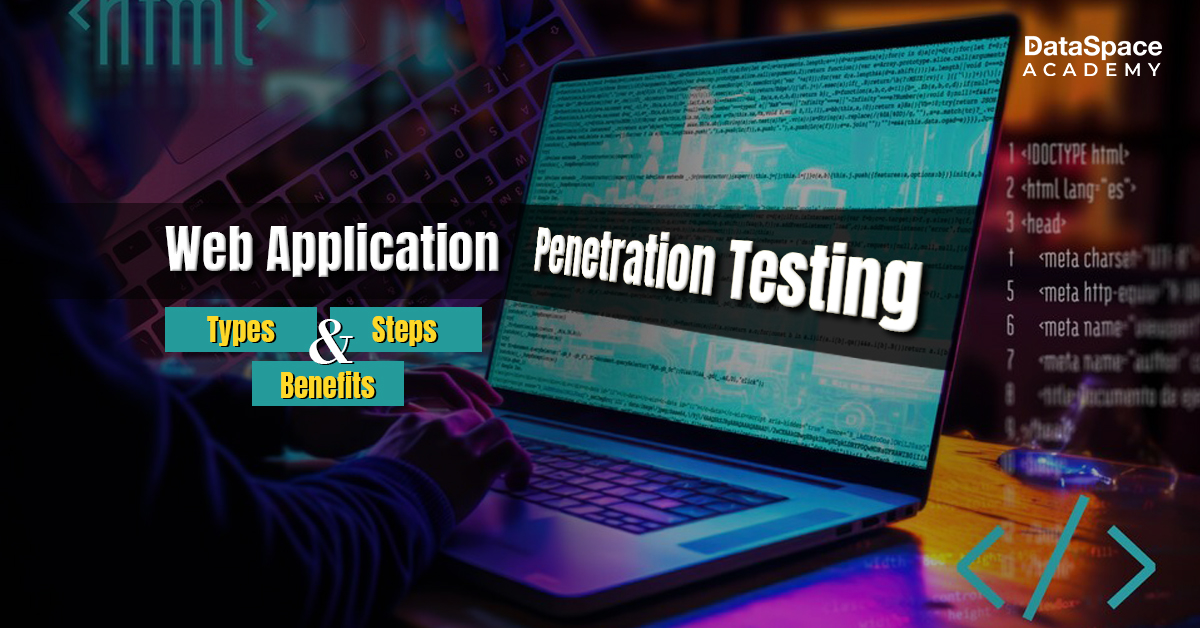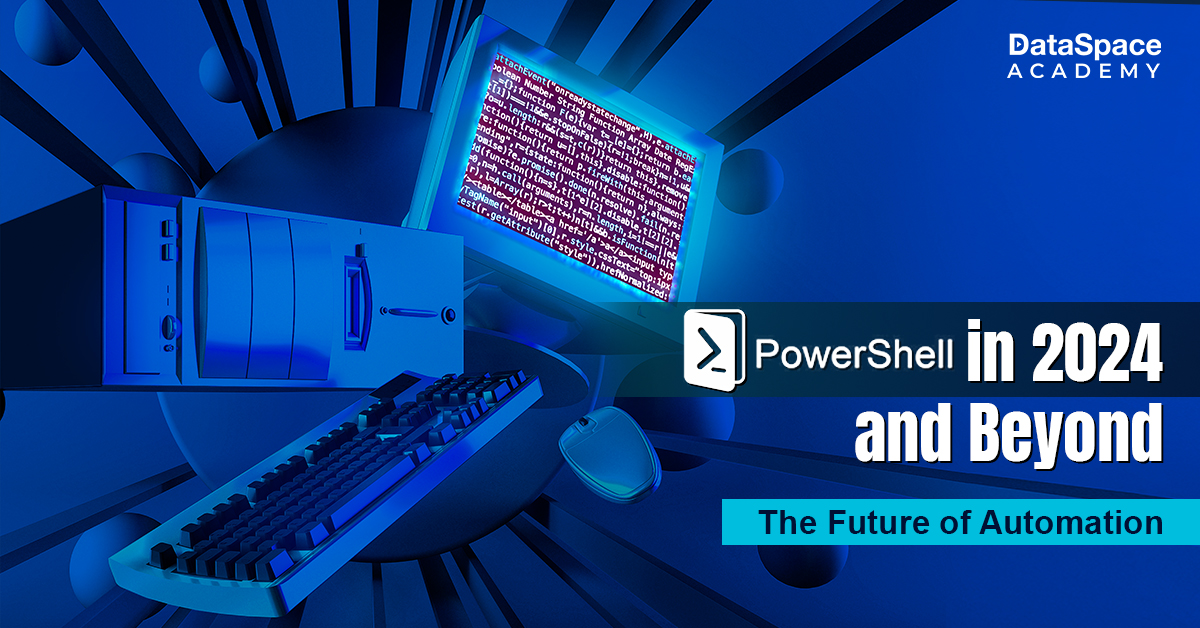Data Cleaning 101: Key Dos & Don’ts for Flawless Results
Last Updated : 23 Aug, 2024
 65.48K
65.48K

Introduction
Imagine trying to bake a cake with rotten eggs or old flour—gross, right? Well, that’s what working with unclean data is like!
Data cleaning is the secret sauce that ensures your data is fresh, accurate, and ready to serve up those juicy insights. But here’s the thing: just like with any recipe, there are right way and wrong ways to do it. And here comes the importance of prompt data-cleaning techniques. Get it wrong, and your analysis could go as flat as a pancake. That’s why it’s absolutely crucial to know the dos and don’ts of this process. Whether you’re a data novice or a seasoned pro – mastering the art of data cleansing is a must to make sure your analytics efforts aren’t in vain.
In this post, we’re diving into the nitty-gritty of data cleaning—what it is, why it’s important, and the best practices you should follow to get your data squeaky clean and analysis-ready.
Let’s roll up the sleeves and delve into it!
An Overview of Data Cleaning
Data cleaning, also known as data cleansing or scrubbing, is a critical step in the data mining and data analysing processes. It involves identifying and correcting (or removing) inaccuracies and inconsistencies in datasets to ensure the highest quality of data for analysis. The importance of data cleaning cannot be overstated—unclean data can lead to incorrect conclusions, flawed strategies, and ultimately, poor decision-making.
Research shows that poor data quality costs organisations an average of $15 million per year due to inefficiencies and errors. (Source – Analysis by Gartner, a Management Consulting Company)
By incorporating effective data cleaning methods, companies can significantly reduce these costs, streamline their data analytics processes, and make more informed decisions.
Steps in Data Cleaning
The data cleaning process typically involves several key steps, including:
- Eliminating Duplicate Entries: Ensuring that every data point is prompt and distinct.
- Correcting Structural Errors: Fixing typos, mislabelling, and other inconsistencies.
- Handling Missing Data: Filling in or removing missing values to avoid skewed results.
- Filtering Out Outliers: Identifying and managing anomalies that could distort analysis.
- Standardising Data Formats: Making sure data is in a consistent format across the dataset.
The benefits of thorough data cleaning in data science are immense. Clean data leads to more accurate insights, better decision-making, and ultimately, a stronger competitive edge in the market.
The Dos of Data Cleaning

When it comes to data cleaning in data analytics, following best practices is crucial for achieving high-quality results. Here are some key dos:
1. Do Start with a Clear Plan
Before diving into data cleaning, outline a clear plan. Understand your dataset, define the scope of cleaning required, and set specific goals for what you want to achieve.
2. Do Use the Right Tools
Leverage data cleaning tools that can automate parts of the process. Tools like OpenRefine, Trifacta, and Talend can help you efficiently clean large datasets, saving you time and reducing manual errors.
3. Do Focus on Data Consistency
Ensure that data is consistent across the board. So, standardise date formats and units of measurement; ensure that naming conventions are uniform throughout the dataset.
4. Do Document Your Process
Keep a record of the data cleaning methods you use. This documentation is invaluable for future reference, especially when collaborating with other data analysts or revisiting datasets.
5. Do Validate Your Data
After cleaning, validate your data to ensure accuracy. Use techniques like cross-validation or compare your data against known benchmarks to check for consistency and reliability.
The Don’ts of Data Cleaning

Just as there are best practices to follow, there are also common pitfalls you should avoid. Here are some key don’ts:
1. Don’t Overlook Missing Data
Ignoring missing data can lead to biased results. Instead, decide on a strategy for handling it- whether that’s imputing missing values, removing incomplete records, or using algorithms that can work with missing data.
2. Don’t Ignore Data Validation
Cleaning your data isn’t just about making it look good. Skipping validation steps can result in faulty analysis. Always validate the changes you make to ensure they are improving the data’s quality.
3. Don’t Over-Engineer Your Data
While it’s important to clean your data, avoid over-engineering. Making too many adjustments or corrections can introduce new errors and distort the original dataset, leading to inaccurate analysis.
4. Don’t Forget to Back Up Original Data
Before you start cleaning, always make a backup of the original dataset. This ensures you have a reference point if something goes wrong during the cleaning process.
5. Don’t Neglect the Importance of Domain Knowledge
Data cleaning isn’t just a technical task; it requires domain knowledge to understand what the data should look like. Neglecting this can lead to misinterpretation of data and incorrect cleaning procedures.
Conclusion
Companies across all industries are on the hunt for professionals who can not only analyse data but also ensure that the data they’re working with is top-notch. Mastering the right data-cleaning techniques and methods is not just a good-to-have skill; it’s a necessity in the data analytics field.
If you’re looking to build a lucrative career in this exciting field, having a strong foundation in data cleaning is key. Enrolling in a data analyst course will empower you with the skills and credentials needed to stand out. By honing your data cleaning skills, you’ll be well-equipped to tackle any data challenge and help organisations make data-driven decisions with confidence.
Ready to take a leap? The world of data analytics awaits your footsteps!
 65.48K
65.48K




































































































